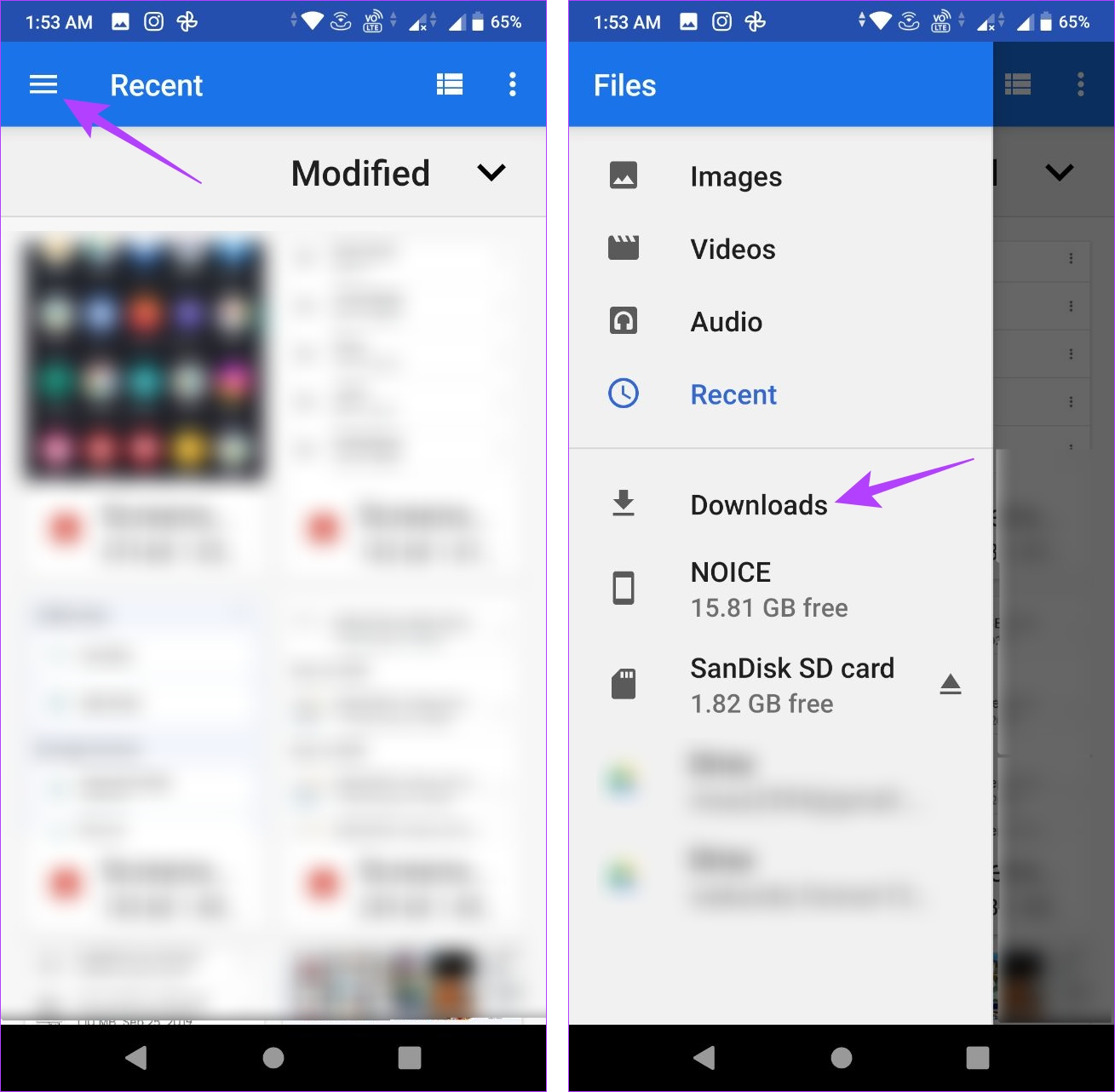Finding downloaded files on your Android device can be a challenge. Effortlessly, your phone can promptly come to be littered with pictures, videos, screenshots, and other files. To free up room on your tool, it's vital to keep an eye on where your downloads are saved. This way, you can easily recognize and erase unnecessary files.

If you're having problem finding a important file that appears to have actually vanished into slim air, fear not! This guide is below to assist you track it down and get your Downloads folder in order. Whether you're a honored owner of one of the top-rated Google Pixel phones or one more Android device, we'll reveal you how to rapidly discover your downloads and maintain them neatly organized.
Locate your downloads with the default file supervisor
Each smart device supplier might use a slightly different integrated Android application for data management, however your experience ought to be similar. If you possess a Samsung phone, describe our tutorial, which shows how to find downloads on your Samsung Galaxy phone.
Similar to other preferred operating systems, Android has a assigned Downloads folder for storing data. To locate your downloaded and install documents on your gadget, follow these steps:
1. Open up the Files or My Data app from the home screen or application cabinet.
2. Look for a section called Downloads.
3. Touch it to watch the documents you downloaded and install.
Use the Files by Google app for your downloads
If you're trying to find a straightforward and effective method to find your downloaded data on your Android device, take into consideration making use of Documents by Google from the Google Play Shop. This application attracts attention as a leading selection for its straightforward interface and capability, making it an exceptional option to any type of preinstalled file supervisor downloads on your Android phone or tablet application on your gadget.
4. Open the Data application.
5. Select the Browse tab at the bottom.
6. Tap Downloads.
7. Select the Download and install tab to see the documents because folder.
Find your downloads by hand
Browse to your phone's interior storage if you can't find the storage space area of the Downloads folder on the homepage of your data manager application. Here's how you do it:
1. Open the Documents app.
2. Select the Browse tab at the bottom.
3. Scroll down and most likely to Internal storage space.
4. Tap the Download and install folder.
Move your downloads to one more place
Relocating files away from the Downloads folder is valuable for multiple reasons, specifically for files having private or personal info. Placing these files right into their folder maintains them protected and makes it tough to delete them mistakenly. It also prevents them from getting hidden and blended with the other arbitrary files you download.
1. Open the Files app.
2. Navigate to your Download folder.
3. Tap the three-dot menu to the right of any file.
4. Choose the Move to option.
5. Tap Internal storage at the bottom.
6. Select any location or folder.
7. Tap Move here to transfer the file to that location.
Additionally, you can utilize the Copy to feature and transfer these files to a different location. This enables you to create numerous copies without deleting the original files from your Download folder.
View the exact location of your downloadsM/b >
At times, you might need to locate the Download folder click on the three-dot menu beside a downloaded file and select File info. For many up-to-date Android devices, the default path for downloads is/ storage/emulated/0/ Download. Although certain third-party web browsers could save files elsewhere, this is typically the primary download location.
Managing your downloads is easier than you think
The Files app by Google is an excellent choice for those who appreciate a straightforward file management solution. With its user-friendly interface and simple features, this app effectively categorizes your files into different types such as downloads, images, videos, and audio. Additionally, it provides the option to remove unnecessary files.
Speaking of tidying up, you can free up more storage space by learning how to delete unwanted WhatsApp media files. You can install an SD card on some Android devices if you're still short on space.